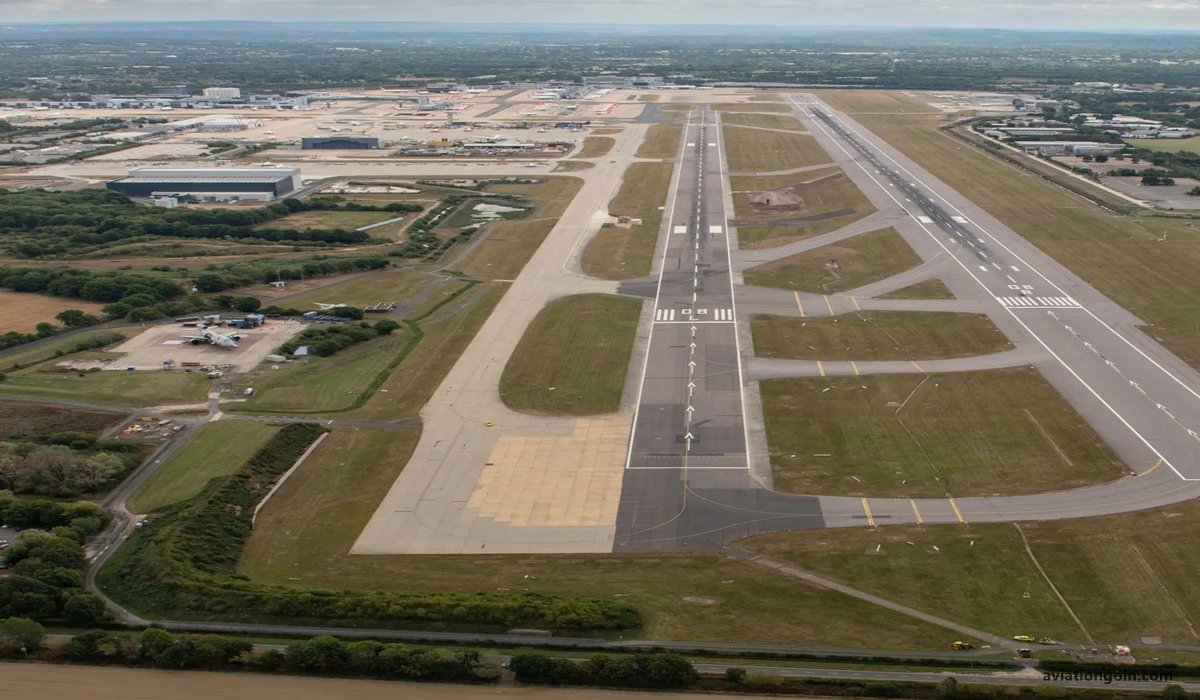Plan Execution: Airports are dynamic entities, existing at the confluence of technology, logistics, infrastructure, and the ever-changing demands of the traveling public. With the aviation industry poised for growth, it’s crucial for airports to adopt a structured approach towards their strategic planning. The success of any strategy is predicated not only on its formulation but also on its execution. This article dives deep into the nuances of implementing and evaluating a strategic plan for an airport.
Plan Execution: Implementation and Evaluation of Strategic Plan for Airport
1. Understanding the Context: The Need for Strategic Planning
Before moving towards execution, it’s essential to understand the rationale behind strategic planning. Airports, being multifaceted organizations, need to account for:
- Evolving security protocols
- Technological advancements
- Environmental concerns
- Stakeholder expectations
- Infrastructure needs
- Operational efficiencies
Given this complexity, a well-formulated strategic plan serves as a roadmap to guide decision-making, allocate resources, and steer the airport towards its envisioned future.

2. Steps in Plan Execution: Implementation
Once a strategic plan is developed, it’s time to transition from planning to action. Effective implementation involves:
a. Breaking Down Goals into Tasks and Milestones
Each goal of the strategic plan should be divided into actionable tasks with specific timelines. For instance, if an airport’s goal is to reduce carbon emissions by 20% in the next five years, the initial task might be to conduct an audit of current emissions followed by identifying potential emission reduction initiatives.
b. Allocating Resources
This encompasses both financial and human resources. The strategic plan must outline the budget for each initiative and identify the personnel responsible for driving these initiatives.
c. Clear Communication
For smooth implementation, all stakeholders – from top management to ground staff – should understand the plan’s goals and their role in its execution. Communication tools, like town hall meetings, newsletters, and digital platforms, can be employed to ensure transparency.
d. Incorporating Technology
Modern airports are increasingly dependent on technology, from biometric scanning to baggage handling. The strategic plan should leverage these technological tools to enhance operational efficiency and passenger experience.
e. Collaboration with Stakeholders
Airports don’t function in isolation. They need to work closely with airlines, regulatory bodies, local communities, and other stakeholders. Collaboration can pave the way for smooth implementation and foster a sense of collective ownership.

3. Monitoring and Feedback: Continuous Improvement
Merely implementing the plan isn’t enough. A continuous feedback loop is crucial for identifying bottlenecks, assessing progress, and ensuring that the plan remains relevant amidst changing circumstances.
a. Key Performance Indicators (KPIs)
To evaluate the progress, airports should establish KPIs that align with their strategic objectives. For instance, if enhancing passenger experience is a goal, KPIs might include passenger satisfaction scores, waiting times at security checks, and cleanliness indices.

b. Regular Reviews
Periodic reviews, preferably quarterly or bi-annually, can provide insights into what’s working and what’s not. These reviews should be comprehensive, covering all facets of the strategic plan.
c. Feedback Mechanisms
Feedback from passengers, airlines, and employees can be invaluable. Tools like surveys, feedback kiosks, and digital platforms can be instrumental in gathering insights.
d. Flexibility and Course Correction
No strategic plan is set in stone. Airports should be open to revising their strategies based on feedback and changing scenarios, such as shifts in the aviation industry, technological innovations, or geopolitical changes.

4. Case Study: Implementation of a Green Airport Strategy
Let’s consider the hypothetical scenario of an airport looking to transition into a ‘Green Airport.’ Here’s how the plan execution might look:
- Goal: Reduce overall carbon emissions by 25% in the next five years.
- Tasks and Milestones:
- Year 1: Complete a comprehensive carbon audit.
- Year 2: Implement solar panels in 50% of the airport.
- Year 3: Introduce electric buses for passenger transit.
- Year 4: Achieve a 20% reduction in emissions.
- Year 5: Achieve the target of 25% reduction.
- Resources:
- Budget allocation for technology and infrastructure.
- Human resources: Assigning teams for each initiative.
- Communication:
- Informing all employees about the green initiative through training sessions.
- Setting up signages and digital displays informing passengers about the airport’s green commitment.
- Collaboration:
- Partnering with airlines to introduce biofuel options.
- Engaging with local communities for tree plantation drives.

5. Challenges and Mitigation Strategies
While the implementation of a strategic plan sounds methodical, airports may encounter challenges, including:
- Resistance to Change: Employees might resist new procedures or technologies. Engaging them early, offering training, and highlighting the benefits can help alleviate these concerns.
- Budget Constraints: Strategic initiatives might face financial hurdles. In such cases, prioritizing tasks, seeking external funding or partnerships, and exploring cost-effective solutions can be beneficial.
- External Factors: Geopolitical changes, pandemics, or industry downturns can affect plan execution. While these can’t be controlled, having contingency plans and being adaptable can mitigate the impact.

The journey from strategic planning to its execution for airports is intricate and multifaceted. With myriad stakeholders and the ever-evolving landscape of the aviation industry, the task is challenging but immensely rewarding. As airports around the globe look towards a sustainable, secure, and passenger-centric future, effective plan execution remains their linchpin. Through diligent implementation, continuous evaluation, and the flexibility to adapt, airports can not only achieve their strategic objectives but also set new benchmarks for the aviation world.
Read more:
